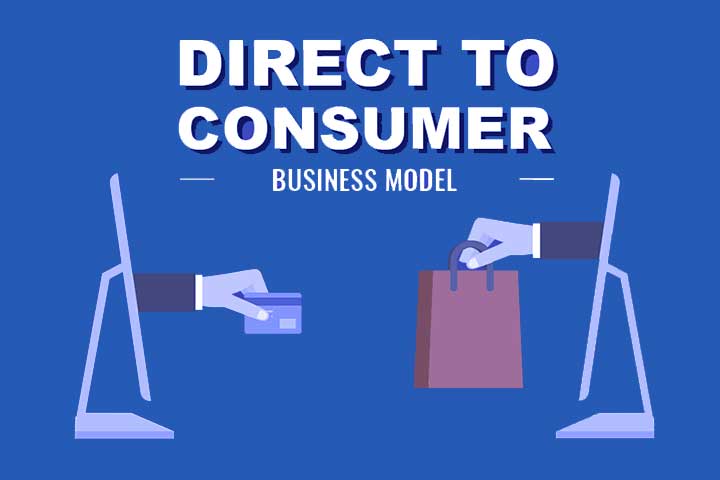The corona pandemic is having a massive impact on the way we live, work, interact with one another, and shop. This also affects direct-to-consumer business models.
In times of pandemics, consumers spend their money much more consciously; Sustainability and a good cost-benefit ratio are becoming more and more important. However, it’s not just about what we buy, but also how we do it. More intensive online networking and communication have changed the way consumers interact with brands and products across the entire sales funnel. E-commerce is experiencing a real boom, and online purchases are mostly made on smartphones.
Will this change be permanent? And how should companies set up their direct-to-consumer (D2C) business models in order to be successful in the long term? The management consultancy Roland Berger pursued these questions in a joint study with the market research company Potloc and Salesforce and examined how Covid-19 has changed purchasing behavior.
Table of Contents
Changing buyer behavior
A little more than a third of those surveyed stated that they were shopping more consciously as a result of Corona. Almost half pay more attention to quality and durability than before the pandemic, while 29 percent attach more importance to sustainability. Overall, brands are measured more by their social benefit. You should respond to this with a targeted strategy and a stronger focus on inspiring storytelling.
The increasing number of online purchases is increasingly being made on smartphones. Until recently, smartphones were only used to browse the Internet for interesting offers. The actual purchase, especially of more expensive items, was made through other channels. Corona has changed this. Global mobile data traffic increased by 46 percent in the second quarter of 2020 compared to the previous year. At the same time, 12.5 percent more orders were placed via smartphone so that the share of the total order volume is now 54 percent.
Buy through social media
The withdrawal into their own four walls caused by Covid-19 led to more intensive use of social media in 59 percent of the survey participants. 17 percent increased their social media usage during the pandemic.
An increasing amount of that time is spent shopping and sharing recommendations. More than half of consumers have already bought items on social media; Among the consumers of Generation Z, as many as 73 percent states that they have bought via a social channel in the past few months.
In order to benefit from this development and to boost the D2C business, companies need to adjust their media budgets and brand stories and gear them more towards social media.
Consumers remain cautious
At a time when consumers around the world are holding their money together, 79 percent say they cut their spending in 2020. Even if this value drops to 54 percent for 2021, one thing is clear: consumers remain cautious. This can also be seen in the choice of goods purchased. Groceries, clothing, and hygiene products are at the top of the shopping list, while non-essential luxury items take a back seat.
Unsurprisingly, the pandemic gave e-commerce an additional boost: 42 percent of those surveyed shopped online more often than before. This trend accelerates the development towards new usage concepts in classic shops. The combination of online purchases and collections in the store is enjoying increasing popularity. Almost a quarter of the consumers surveyed use this variant more frequently than before the pandemic. The reallocation of unused storage space to fulfillment centers could also be attractive, especially during the high-volume Christmas business.
6 recommendations for D2C business models
Covid-19 has driven the digital transformation with power and has resulted in consumers placing more value on a good cost-benefit ratio and sustainability. In order to ensure the long-term success of their D2C models, brands and retailers should therefore focus on the following six areas of activity:
- Development and implementation of a targeted strategy,
- Definition of clear priorities,
- Investing in data analytics for in-depth consumer understanding,
- Reorientation of the budget for a more efficient approach to consumers via mobile and social channels,
- Build a scalable e-commerce business as well
- Integration of physical and digital platforms.

